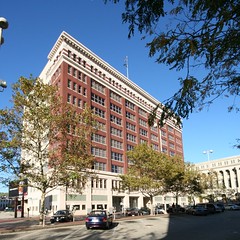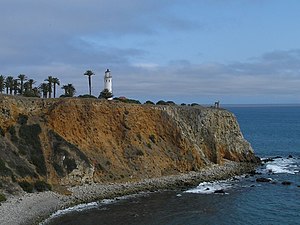 The Wilmington NC real estate market has been interesting to say the least. The number of foreclosures and short sales are staying steady in the?area driving down prices and making it difficult for home owners to? compete. With that being said, the good news is that the foreclosures and being priced right, and on average only stay on the market a?couple of months and usually sell for close to asking price. This has ?encouraged ready buyers to pull the trigger and not wait around if?they see a property they like that is priced right. There are many?factors in Wilmington’s market that lead us to believe that we are?either at the bottom of the market, or it is very near.
The Wilmington NC real estate market has been interesting to say the least. The number of foreclosures and short sales are staying steady in the?area driving down prices and making it difficult for home owners to? compete. With that being said, the good news is that the foreclosures and being priced right, and on average only stay on the market a?couple of months and usually sell for close to asking price. This has ?encouraged ready buyers to pull the trigger and not wait around if?they see a property they like that is priced right. There are many?factors in Wilmington’s market that lead us to believe that we are?either at the bottom of the market, or it is very near.
From September 2010 to October 2010, the number of total units sold is?down 20%. This can be expected due to the end of summer and the? beginning of fall and winter. There were only 305 total units sold in ?October 2010 compared to 460 in October 2009. Although the volume has fallen, the average sales price has increased 6% and the number of? days on market has decreased by 10%. Over the past few months the?number of new listings has stayed steady.
We are expecting the winter months to be the slowest of the year,? similar to other years. Activity usually picks up around the ?beginning of March with things really starting to heat up around May?and June. We tend to see that the only clients who purchase in the? winter are people who are purchasing year round, primary residence.? The winter numbers look skewed on paper since a lot of Wilmington’s?inventory is second homes and vacation rentals, which rarely sell in?the winter months.
Search Wilmington homes for sale and view foreclosures as well.

![Reblog this post [with Zemanta]](http://img.zemanta.com/reblog_b.png?x-id=78a0b3e6-26c0-4d6e-b34a-8fd057183761)

![Reblog this post [with Zemanta]](http://img.zemanta.com/reblog_b.png?x-id=ed3cf3e4-cca8-4c69-921a-e5d6fea0ab3d)
 Scottsdale, a relatively large city located directly adjacent to the larger metropolitan center of Phoenix, continues to face a foreclosure-driven buyer's market in the first quarter of two thousand ten. According to a February 11, 2010 article in
Scottsdale, a relatively large city located directly adjacent to the larger metropolitan center of Phoenix, continues to face a foreclosure-driven buyer's market in the first quarter of two thousand ten. According to a February 11, 2010 article in  A January 28, 2010 article published by
A January 28, 2010 article published by  The 11-county
The 11-county ![Reblog this post [with Zemanta]](http://img.zemanta.com/reblog_b.png?x-id=a6cbbb14-4cda-4e02-988b-18e1b9fc5127)


 In December 2009, according to statistics compiled by the
In December 2009, according to statistics compiled by the ![Reblog this post [with Zemanta]](http://img.zemanta.com/reblog_b.png?x-id=5fae2e2b-bdff-4554-a398-e86ebcbbb835)

![Reblog this post [with Zemanta]](http://img.zemanta.com/reblog_b.png?x-id=40e88d25-90eb-4da8-ab45-4cffe0756e05)